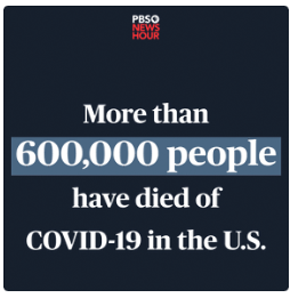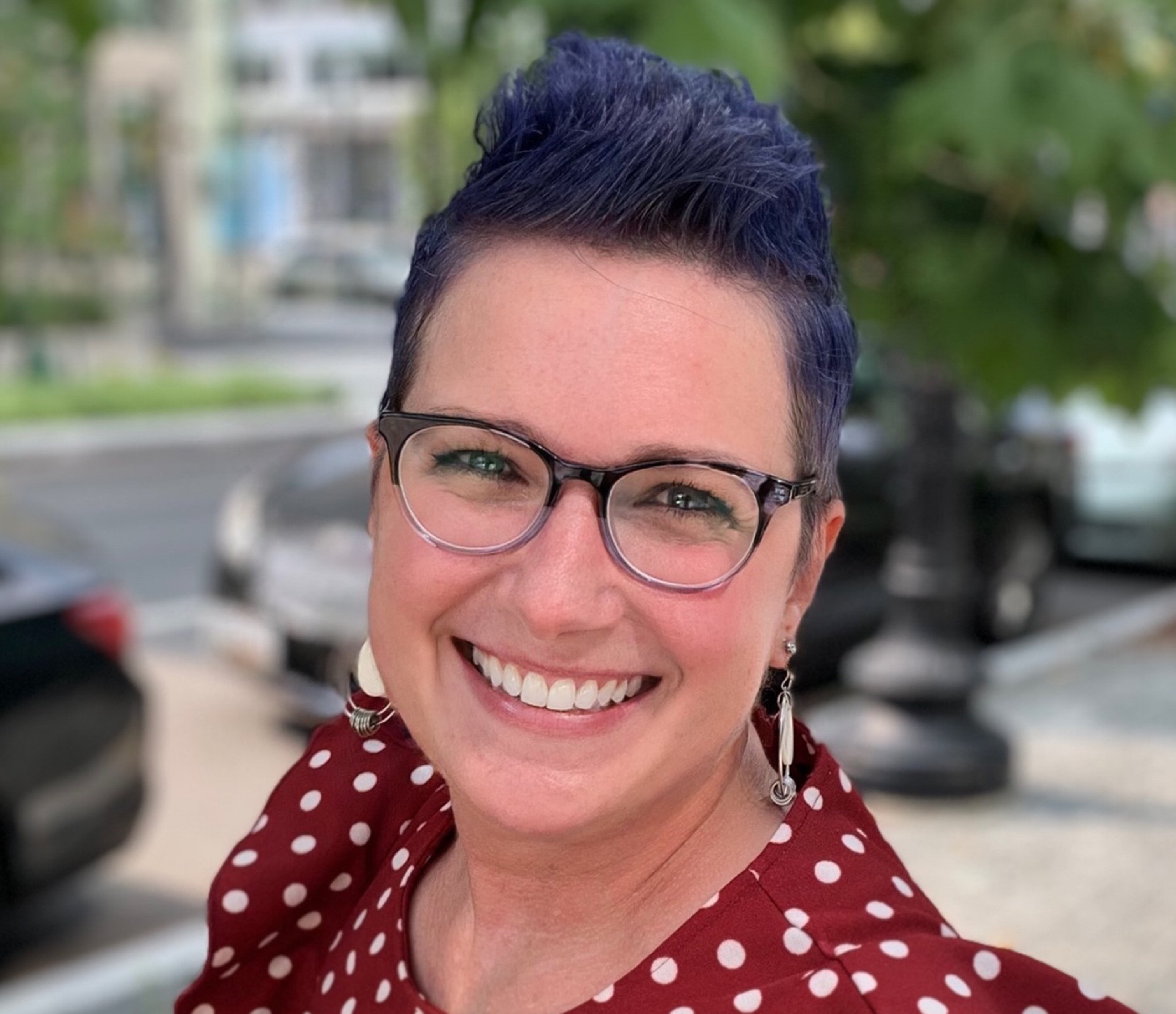Payers Turn to Various Management Strategies for Cell and Gene Therapies
-
Jan 11, 2024
In December, the FDA approved the two newest cell and gene therapies, which were the first such agents approved for the treatment of sickle cell disease. As more of these products launch onto the U.S. market — the agency previously predicted that it would be approving 10 to 20 of the treatments by 2025 — payers are taking a variety of approaches to managing the therapies. Cost remains the main obstacle to their use, but their long-term durability also remains a question to some extent.
Dec. 8 saw the newest approvals, both for the treatment of sickle cell disease in people at least 12 years old: bluebird bio, Inc’s Lyfgenia (lovotibeglogene autotemcel; lovo-cel) and Vertex Pharmaceuticals Inc. and CRISPR Therapeutics’ Casgevy (exagamglogene autotemcel; exa-cel). The latter agent is the first CRISPR/Cas9 genome-edited cell therapy that the FDA has approved. The FDA gave both applications priority review, orphan drug, fast track and regenerative medicine advanced therapy designations. It also gave Lyfgenia rare pediatric disease designation.
Read more© 2025 MMIT












